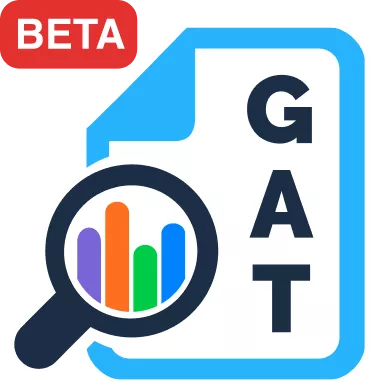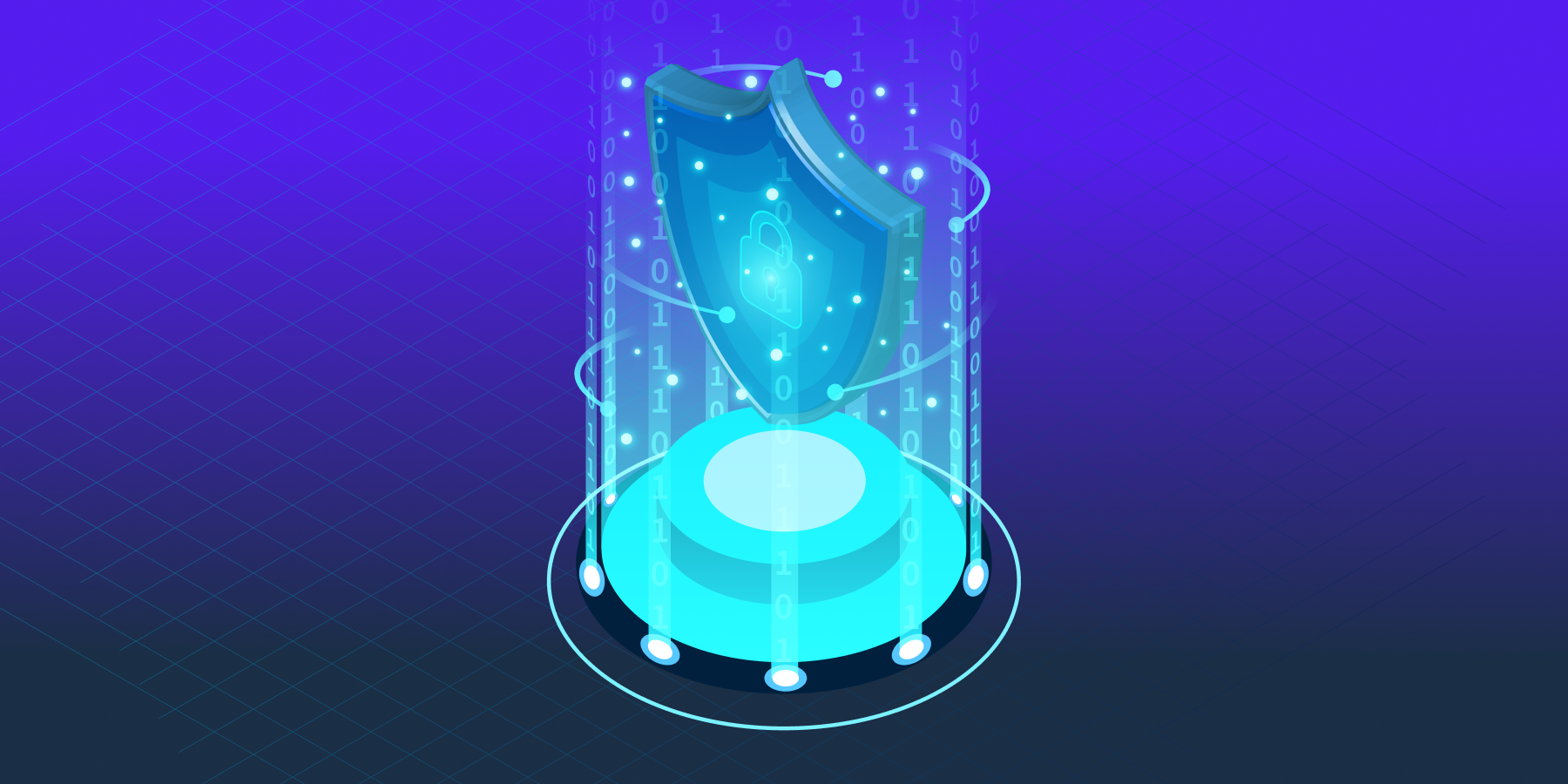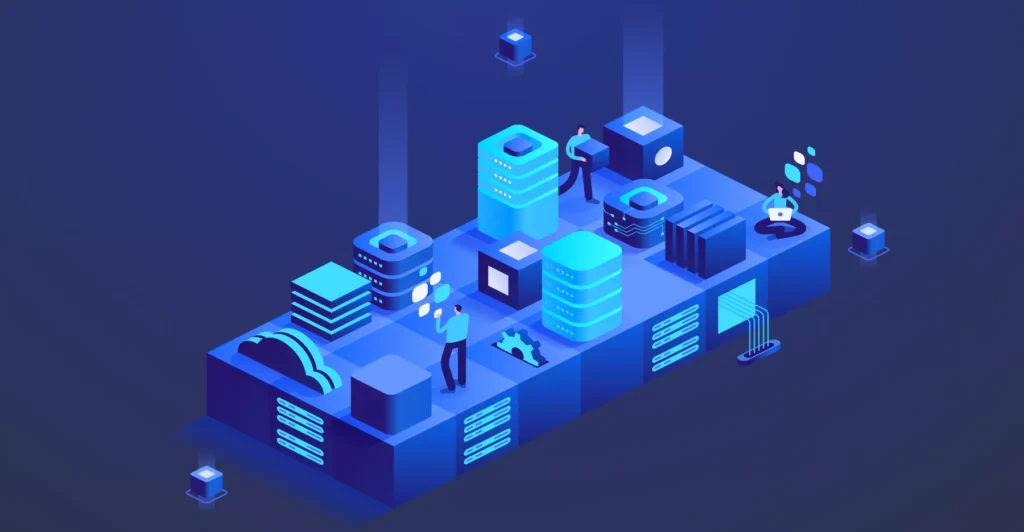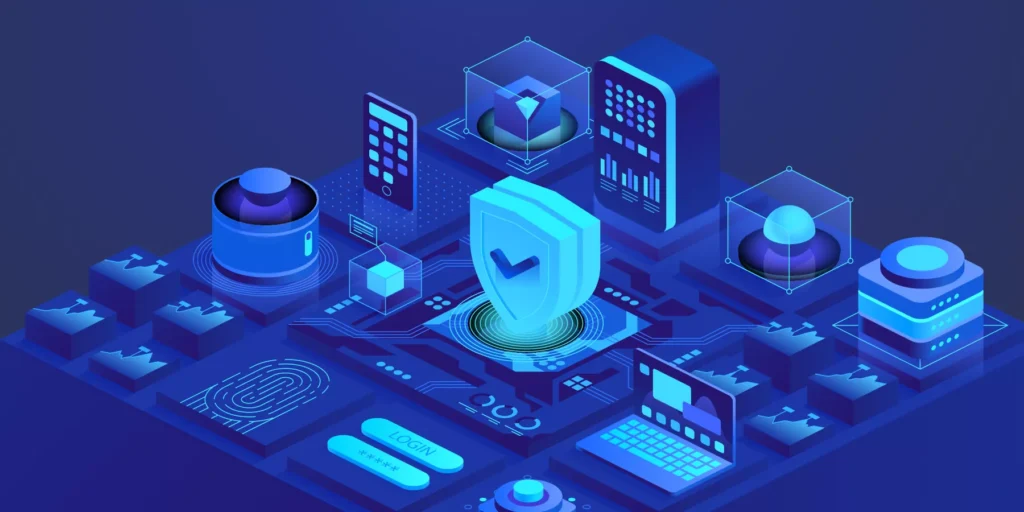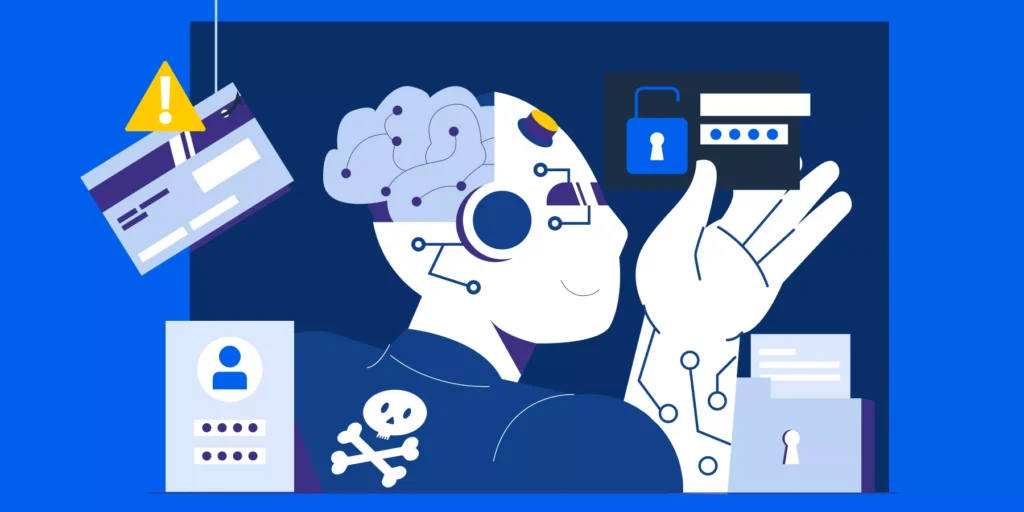Picture this: Your business thrives on a foundation of valuable data. Customer information, product blueprints, financial records – all essential for success. But in today’s interconnected world, ensuring this data stays secure can feel like navigating a complex landscape. That’s why data security is so important.
What is Data Loss Prevention (DLP)?
DLP acts as a critical line of defence within your overall information security strategy. Think of it as a powerful monitoring system, constantly on guard against data breaches and unauthorized transfers of sensitive information.
Data Loss Prevention goes beyond just endpoint security, monitoring your network traffic, cloud storage, and devices to prevent data leaks.
Why is DLP Essential for Businesses?
Data breaches are a persistent threat, and the consequences can be devastating.
DLP safeguards your organisation by:
- ▪️ Securing endpoints: Protecting laptops, mobile devices, and other endpoints from unauthorised data access.
- ▪️ Monitoring network traffic and cloud storage: Detecting suspicious activity and preventing leaks through Google Drive, email, USB drives, or cloud storage.
DLP acts as a crucial partner within your organisation’s Information Security (InfoSec) strategy, seamlessly integrating with measures like infrastructure security, cryptography, and incident response. This collaborative approach ensures your data is protected throughout its lifecycle, from creation to storage and transmission.
Benefits of Implementing Enterprise DLP
A robust DLP solution empowers your business with a multitude of benefits:
- ▪️ Enhanced Data Visibility and Control: Gain a clear understanding of your sensitive data and how it’s being used across your network. This empowers you to identify and address potential risks before they escalate.
- ▪️ Detection and Prevention of Data Loss: DLP solutions can detect suspicious activity and block unauthorised data transfers, including via email, USB drives, or cloud storage.
- ▪️ Automated Data Classification: Simplify data security by automating the process of identifying and labelling sensitive data. This ensures consistent enforcement of your DLP policies.
- ▪️ Improved User Behavior and Reduced Insider Threats: By monitoring data access and usage, DLP can help identify potential insider threats and encourage responsible data handling practices among employees.
▪️ Regulatory Compliance: DLP solutions help you meet data privacy regulations like GDPR and HIPAA by providing tools for data classification, access control, and reporting.
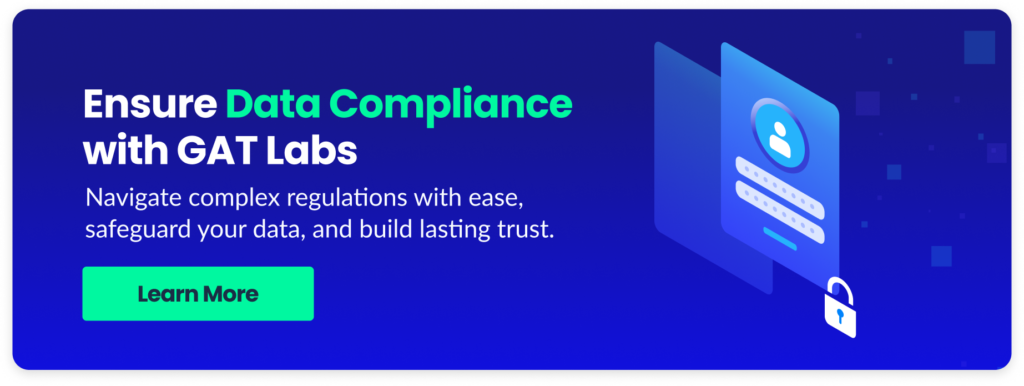
Crafting Your Enterprise DLP Strategy: A Step-by-Step Guide
Building a successful DLP strategy requires careful planning and execution. Here’s a roadmap to guide you:
- Identify and Classify Sensitive Data: The foundation of any DLP strategy is understanding what data needs protection. Classify your data based on its level of confidentiality (e.g., customer PII, financial records, trade secrets).
- Develop Clear and Concise DLP Policies: Outline acceptable data usage practices and define what constitutes a violation. Your policies should be easy to understand for all employees.
- Choose the Right DLP Solution: Consider factors like your specific needs, budget, and IT infrastructure when selecting a DLP solution. Explore options like network-based, endpoint-based, and cloud-based solutions.
- Secure Your Systems and Implement DLP in Phases: Start by fortifying your network security with strong access controls and vulnerability patching. Then, gradually integrate DLP to avoid overwhelming your organization.
- Educate and Train Your Users: User awareness is critical for DLP success. Train your employees on data security best practices and how to use the DLP solution effectively.
- Continuously Monitor and Improve: Regularly assess the effectiveness of your DLP strategy and adapt your policies and settings as needed. Leverage metrics to track DLP incidents and identify areas for improvement.

The Future of Enterprise DLP
The DLP landscape is constantly evolving. Here are some trends to watch:
- ▪️Cloud-Based DLP Solutions: As businesses increasingly rely on cloud storage, cloud-based DLP solutions will become more important to secure data in the cloud environment.
- ▪️ Machine Learning for Advanced Threat Detection: DLP solutions are incorporating machine learning to identify unusual data access patterns and potential insider threats.
- ▪️ Integration with Security Information and Event Management (SIEM) Systems: DLP will seamlessly integrate with SIEM systems to provide a holistic view of your organization’s security posture.
How GAT Labs Can Help in Your Enterprise DLP Efforts
Before you embark on your DLP journey, it’s crucial to choose the right tools and partners.
At GAT Labs, we offer a comprehensive suite of solutions designed to strengthen your organisation’s data security posture and simplify DLP implementation for Chromebook devices.
Our DLP Toolkit:
- ▪️ GAT+: Gain deep data insights for informed policy creation with detailed analytics and reporting.
- ▪️ GAT Unlock: Fortify data encryption with multi-level document access approvals.
- ▪️ GAT Shield: Add a real-time security layer with continuous, in-browser 3-factor authentication.
- ▪️ GAT Flow: Automate user management and enforce DLP policies with streamlined onboarding, offboarding, and role assignments.
Conclusion
By implementing a well-defined Enterprise DLP strategy, you can fortify your defences against data loss and safeguard your organisation’s most valuable assets. Remember, DLP is an ongoing process, requiring continuous evaluation and refinement.
Stay informed about the latest trends and technologies to ensure your DLP solution remains robust and effective.
Ready to take the next step? Contact GAT Labs today for a free personalised demo and explore how our DLP solutions can empower your data security.
Insights That Matter. In Your Inbox.
Join our newsletter for practical tips on managing, securing, and getting the most out of Google Workspace, designed with Admins and IT teams in mind.

